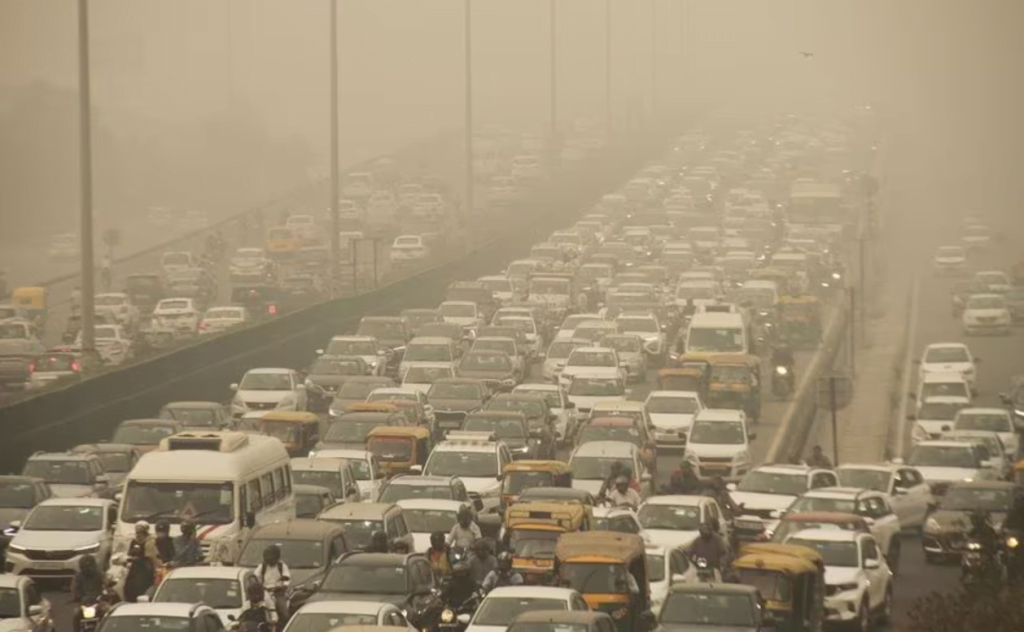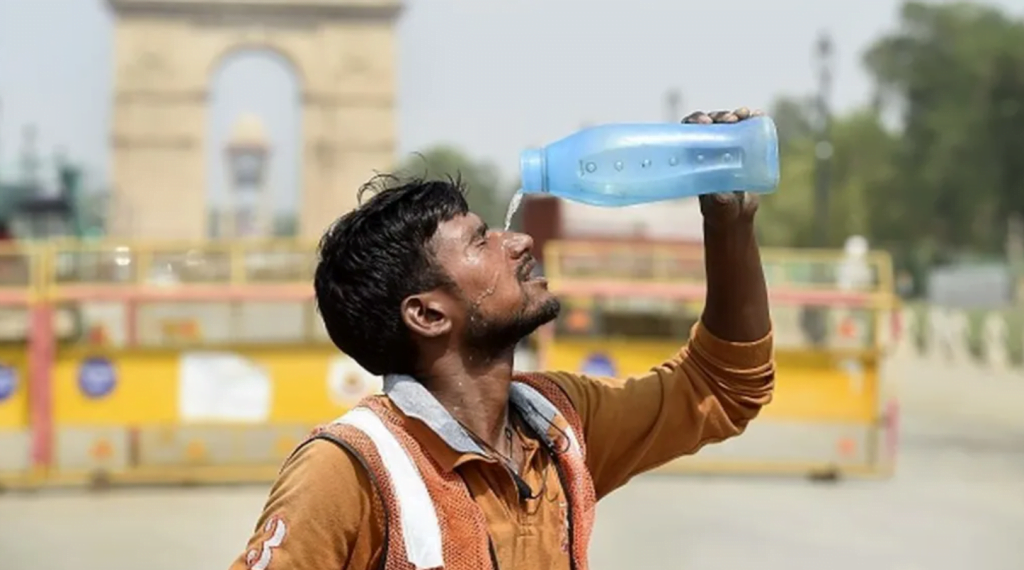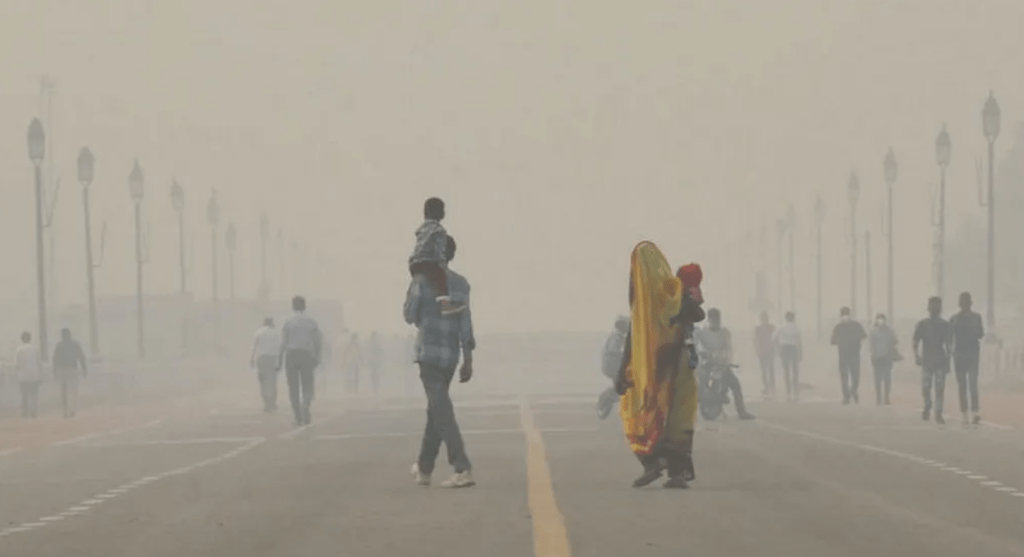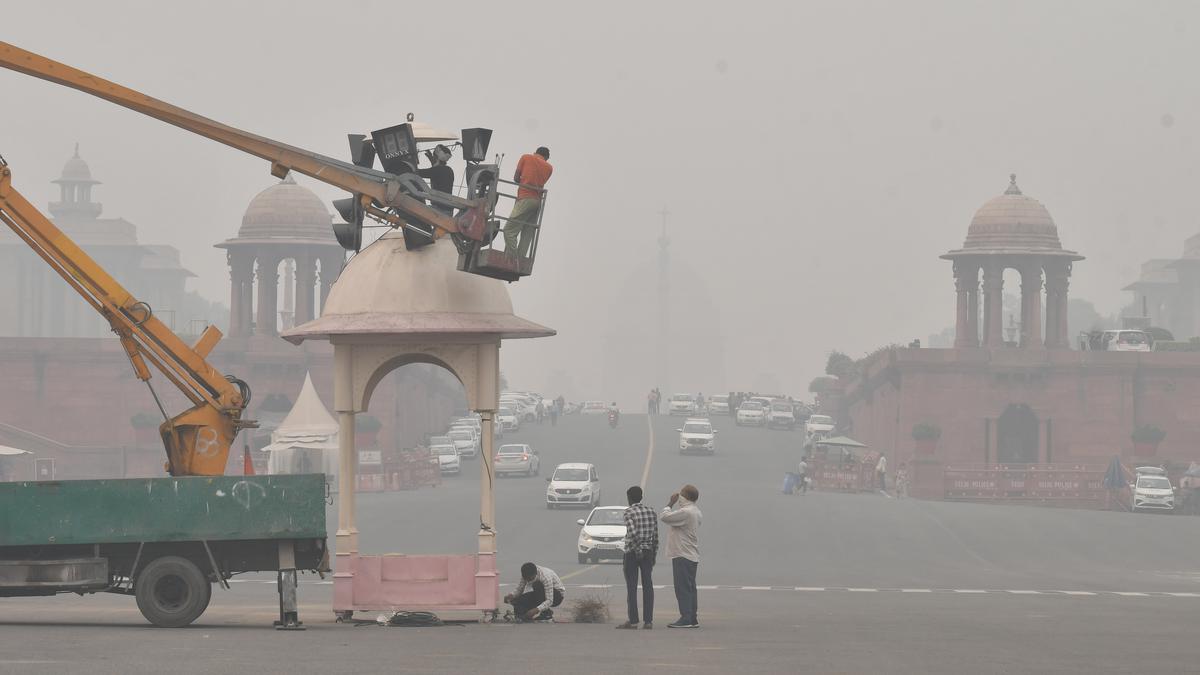During the 2024 elections, infrastructural development featured as a prominent electoral promise across major parties. Indeed, strengthening public infrastructure such as roads, schools, shelters and hospitals is invaluable and its role in bolstering lives and livelihoods cannot be denied. But, what is the cost of such development, and is it truly what we owe posterity?
Our token of love to the future appears to be a cocktail of diminishing resources, chronic illnesses with a generous serving of unsustainable life and living.
A deep dive into the State of Global Air 2024 Report
Amidst the silent humming of humidifiers, air purifiers and the likes, the State of Global Air 2024 report spells a bleak future against the backdrop of increasing air pollution. The logline of the report is that our polluted air is diminishing our lives. This report is a collaborative effort by the Health Effects Institute and the Institute for Health Metrics and Evaluation’s Global Burden of Disease project. The report documents data on exposure to and the health implications of exposure to routine air pollutants.

The findings from this study are alarming and must be considered for future policy decisions since the Right to Life is an inalienable human right. As of 2021, air pollution constituted the second highest risk to life and this threat is particularly heightened within countries in South Asia and Africa. It overtook the ingestion of tobacco as a primary source of death and disability.
In India, increased exposure to particulate matter (largely a result of fuel burning) and ozone (released due to rapid global warming) is a significant accelerator for asthma and chronic pulmonary illnesses. The report also reveals the disproportionate impact of air pollution on vulnerable groups— children find themselves more susceptible to the harm caused by air pollution than adults. To elaborate, children are exposed to air pollution before birth through the placenta.
Further, given that they breathe in a higher volume of air than adults and that their likelihood of being exposed to at-home air pollution is higher, their growing bodies may be unable to counter respiratory illnesses. Evidence suggests that exposure to air pollution at an early age can potentially contribute to children becoming susceptible to chronic illnesses, lung cancer, strokes and other non-communicable diseases during adulthood.
Air pollution is often the cause and symptom of disability in children. Poor physical and mental health owing to air pollution can have a severe adverse impact on an individual’s participation in social and cultural activities, further impacting their life.
Growing heatwaves and diminishing health in children
Further preventing children from pursuing opportunities for growth, leisure and exercising autonomy is the ongoing heatwave in South Asia, a result of the inaction against the looming climate crisis. In India, unprecedented maximum temperatures have been recorded across the country. As of June 2024, approximately 40,000 cases of heatstroke were recorded with a confirmed death toll of 143, as declared by the Government of India. The climate crisis impacts livelihood, food security, employment, income and overall quality of life.

Comprehensive ground reports by The Quint document the economic and health cost of the oppressive heat wave on the lives of people, depicting how it pushes people into further vulnerability. Despite heat protection measures that parents might take to protect their children from the onslaught of heat, children are at an increased risk of suffering heat strokes. UNICEF quantifies this and estimates that 28 per cent of children in South Asia are exposed to 4.5 or more heatwaves a year, whereas 76 per cent of children experience extremely high temperatures for over 83 days a year (exceeding 35°C). It is forecast that henceforth heat waves will only increase in severity and frequency, especially in Indian cities which have become ‘heat traps,’ due to an imbalance in growth and poor urban planning.
The climate crisis can have a detrimental impact on the physical and mental well-being of children of all age groups. The report by UNICEF warns against symptoms of heat waves in children including ‘higher body temperatures, organ failure, fainting, coma, headache, confusion, poor mental development, cardiovascular disease, neurological dysfunction (and a host of other development setbacks.)’ Therefore, addressing the root cause, i.e., environmental degradation is not only urgent and pertinent but also preventative in that instances of ill health and mortality due to environmental degradation can be limited.
Examining the impact of environmental degradation on children also unearths its intersectional impact, documentation of which is scarce. The insights from a report by the World Health Organisation titled ‘Air Pollution and Child Health- Prescribing Clean Air,’ can be treated as evidence to further this argument. This report documented the gendered impact on the health of children due to PM 2.5 exposure, wherein, the exposure claimed the lives of an estimated 5,000 more girls under the age of five than boys. The economic cost for families with children suffering the consequences of environment degradation-induced illness is also significant and glaring against the backdrop of crumbling public health infrastructure.
Healthy environment as a human right
Our highest aspiration for the future needs to be a world where children can live with freedom, safety and dignity. The UN Human Rights Council, in a resolution adopted in October 2021, reaffirmed the provision of a clean, healthy and sustainable environment as a right.

“A safe, clean, healthy and sustainable environment is necessary for the full enjoyment of a vast range of human rights, including the rights to life, health, food, water and development,” states, the Report of the Special Rapporteur on the issue of human rights obligations relating to the enjoyment of a safe, clean, healthy and sustainable environment.
“(It is the) right of every child to a standard of living adequate for the child’s physical, mental, spiritual, moral and social development,” states Article 27 of the Convention on the Rights of Children.
Children should be able to attain the highest standards of health and an environment to facilitate this is crucial so that they may have positive experiences of the world around them. Deliberate, responsible, timely and appropriate action from the State is the need of the hour for children to enjoy all opportunities available to them. The State can provide comprehensive, well-researched information on the detrimental impact of environmental degradation on children, provide remedies, regulate private entities through a system of stringent compliance and checks (such as by mandating children’s rights impact assessment which collects disaggregated impact data) and implement specific protection measures and facilities for particularly vulnerable groups.
Enlisting a disciplined and consistent stream of resources that can be deployed which are monitored and evaluated regularly would be necessary. Co-creating and determining the course of action through consultations with children could be an innovative and prudent route. Inter-state solidarity must also be encouraged to encourage solution-building through cooperation, information-sharing, funding etc. These actions harness the true spirit of democratising knowledge by confronting hegemonic power, promoting transnational and cross-sectoral dialogue and kindling collective action.
Ensuring health and overall well-being is also an important Sustainable Development Goal (SDG) which is interconnected with and interdependent on all other SDGs. As the synergy between human rights and environmental protection becomes increasingly clear, the obligation of the State to create and facilitate a sustainable environment is paramount.
The State’s commitment to work for a safe and healthy environment indicates foresight and the willingness to invest in the future of a country and must translate into action. After all, the exercise of every existing human right is threatened under unsafe and unhealthy living conditions.
About the author(s)
Abhinaya Sridhar is an undergraduate student of English literature. She enjoys documenting her personal experiences and opinions and occasionally indulges in writing fiction. She is a creature of habit and can be found listening to the same classical songs on loop or cooking up a storm in the kitchen. She can be found on Instagram




